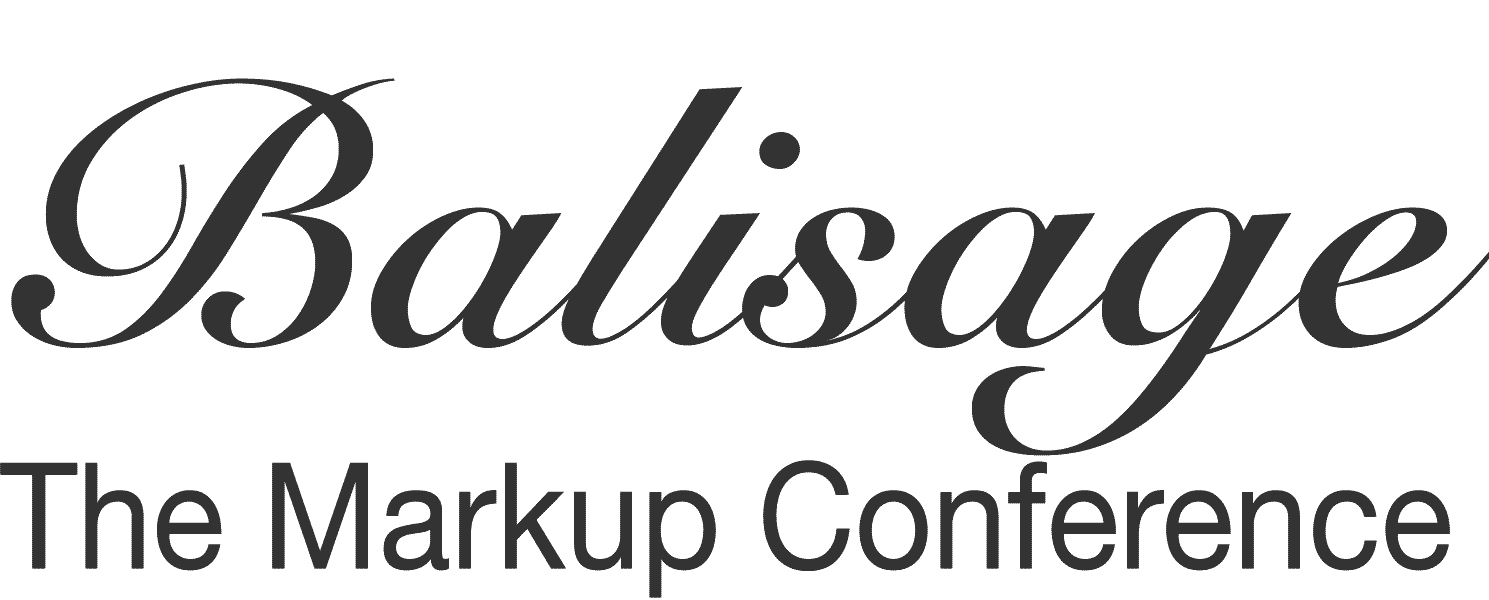from Christian Wittern
It is with great sadness that I learned of the recent passing of Michael. On the other hand, I am extremely grateful for having had the occasional chance to spend time with him (not so much recently, unfortunately) and the impact he had on how things developed for me. I would like to share two episodes that I especially cherish.
I met Michael for the first time in September 1994, almost exactly 30 years ago. I was doing work for a PhD in Japan at that time and was involved with the Electronic Buddhist Text Initiative (EBTI), a group that tried to promote interchange between groups involved in creating digital texts in one or more of the many languages of the Buddhist heritage. We held a meeting at Haien-sa in the central mountains of South Korea -- this is the temple that houses 80000 wooden printing blocks of the Korean edition of the Chinese Buddhist Canon. These blocks were carved in the first half of the 14th century and can still be used to print the texts, which we EBTI people regarded as the benchmark for the kind of long-term usability and preservation we wanted to achieve with digital texts as well. This is why we invited Michael Sperberg-McQueen and Lou Burnard to this gathering and were very glad that they agreed to come to this remote location. We spend time with project presentations, but one of the highlights was a group tagging session led by Michael, in which we worked on the first few lines of the Heart Sutra, trying to identify the features that needed tagging and proposing ways to do so. Remarkably, it turned out that for most of these features in fact there was a way to deal with it in TEI, so the idea to create a separate 'Buddhist DTD' was quickly shelved. The other highlight was an evening lecture in the main hall of the temple, with rows and rows of monks in grey robes sitting in meditation position and listening, together with the few foreigners, to Michael and Lou Burnard, as they laid out the overall thinking behind the TEI architecture and introduced us to such intricacies as the 'Chicago Pizza Model'. I don't know how much they made of this, but it struck me that there are some tools for exegesis in Buddhist texts, which function in a similar way. For me it was a wonderful few days, I felt privileged to have access to these great minds and to try my questions, especially regarding the Character Encoding Declaration for the various East-Asian character encodings we used. I realized that I had finally found my tribe.
The other occasion I had the privilege of spending some time one-to-one with Michael was at the 2002 ACH/ALLC conference in Tübingen. At that time I was at the TEI Technical Council, was leading a working group on character encoding for the TEI and was seeking input on some issues from him. This served as a nice excuse to show him some of my favorite haunts in the city I grew up (which he actually also knew pretty well, but was very eager to see some hidden treasures) and have some beer in a garden by the river. After the markup questions were dealt with (for the time being), we spend the rest of the time sharing favorites in German literature, where I was happy to find that we had a lot of common ground as well.
Christian Wittern
Kyoto University, Institute for Research in Humanities
